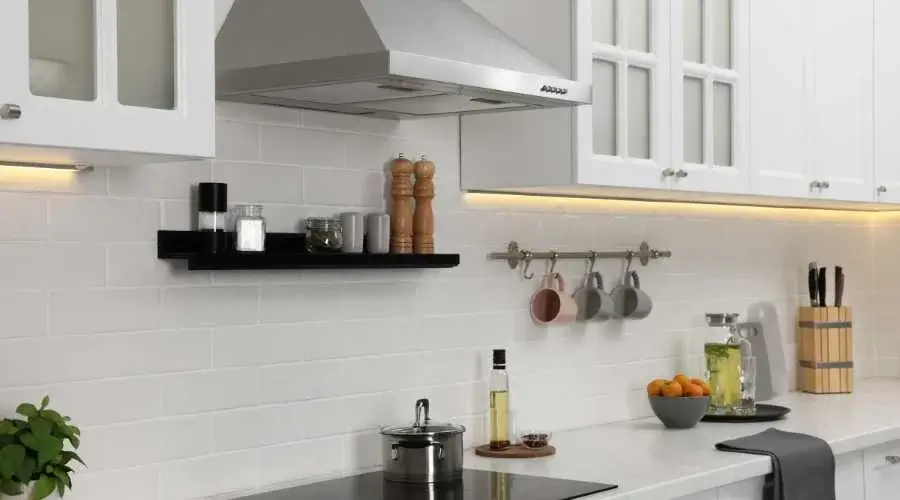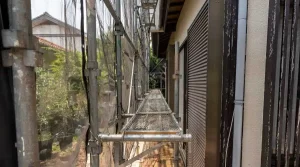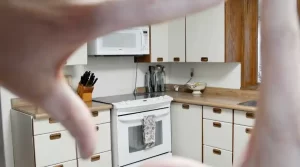When selecting a range hood, there are several variables to consider. The first thing to consider is noise; you don’t want your range hood to be as loud as an airport. You also want a hood that is well-ventilated and quiet.
The idea is to keep cooking smells at bay in your home. In addition, it prevents heat from the stove from damaging surrounding walls.
While it may seem simple, choosing the appropriate range hood requires careful consideration of several criteria. Keep these ten criteria in mind when purchasing a range hood.
1. Easy-to-clean filters
Reusable filters that may be easily removed for cleaning are ideal. These are usually made of aluminum and pop entirely out to be washed in the sink.
2. Lower sones number
This is the maximum volume that your range hood can produce. A quiet hood will make 1 to 3 sones of noise (40 to 60 dB)—the lower the sones, the softer your range hood fan. If you’ve ever turned on your hood fan and it sounds like a jet engine, you know your sones number is relatively high.
3. Controls
Choose a range hood with a variable speed control or a multi-speed fan. This allows you to regulate the fan’s speed. A faster cooking speed is better for preparing more odorous meals. A slow pace should be enough for everyday cooking on one or two burners.
4. Air Exchange
When your hood fan is turned on, you want the air to exchange at least 15 times per hour to circulate the air appropriately.
ProTip Takeaway: Choose a range hood with a fan that operates at the lowest number to keep the kitchen’s noise to a bare minimum.
5. Kitchen size
Measure the cubic feet of your kitchen to determine which range hood is best for you. Then, look for a range hood sized to fit your kitchen and will efficiently ventilate it.
6. Stove’s BTU
Note your stove’s BTU output before buying a range hood. The quantity of BTUs your stove releases is the beginning point for determining which range hood will provide enough ventilation.
7. Non-Ducted or Ducted
When installed with a clean filter, non-ducted hoods provide the same purpose as ducted range hoods in eliminating humidity, heat, odors, and grease. How much ducting is required from here to vent everything to the outside?
8. CFM Rating
Look for a range hood with enough ventilation. The air a range hood pushes is measured in cubic feet per minute (CFM).
9. Coverage
Ensure the range hood is correctly installed and large enough to cover the stove. If not adequately hung over the stove, it will not absorb heat and aromas when cooking. Some vent hoods cover a portion of the furnace, but others are designed to sit directly over the cooktop and vent directly up into the ceiling. These are appropriate for a large residence.
10. Positioning
To use the hood’s ventilation power, mount it 28″-36″ above your stove. Heat will build up if it is too close, and ventilation will be inefficient. If properly installed, it will efficiently draw heat and odors.
ProTip Takeaway: Measure your kitchen before purchasing a range hood to ensure proper ventilation.










